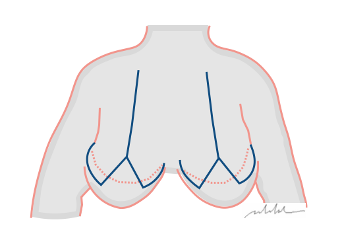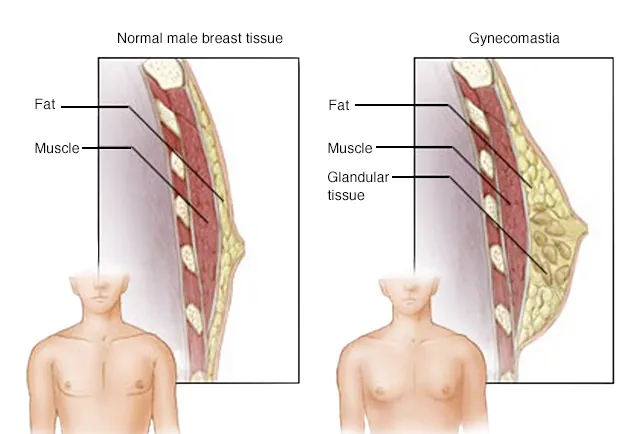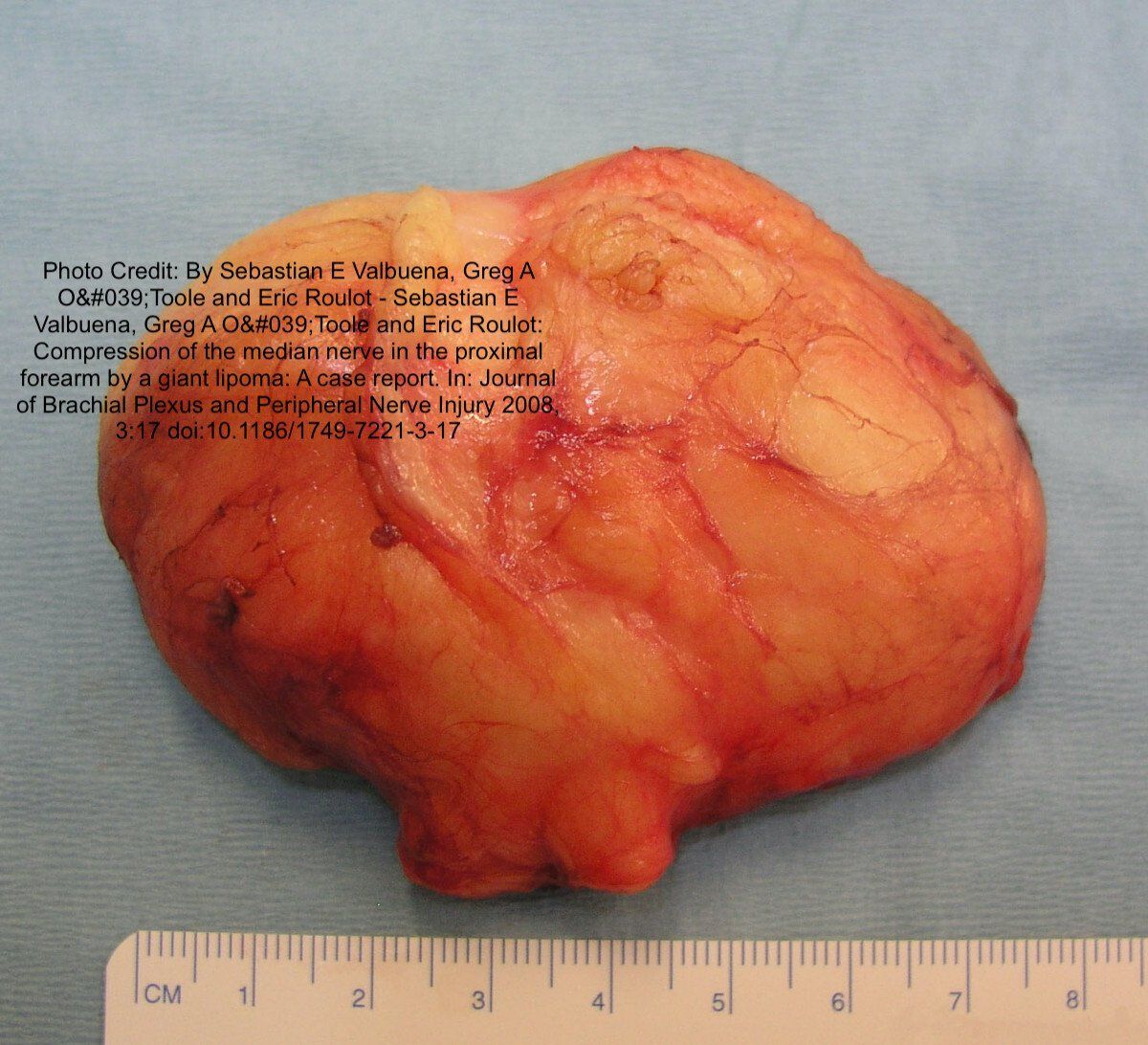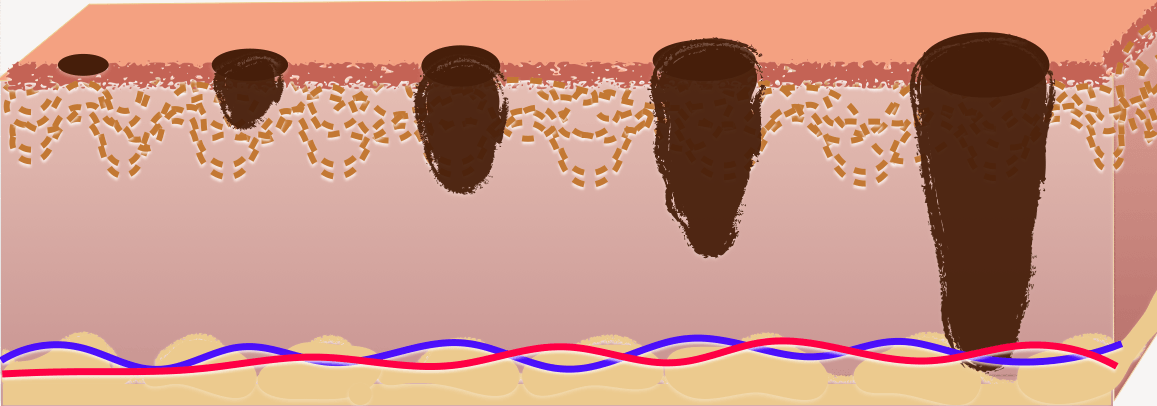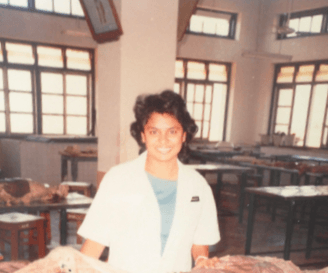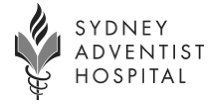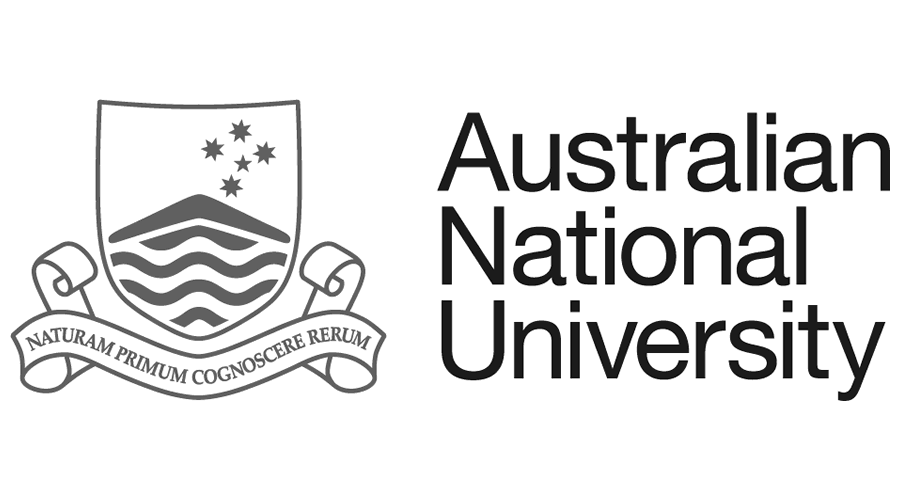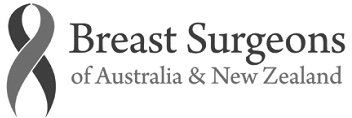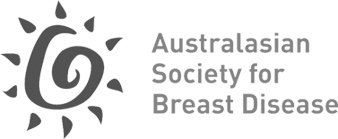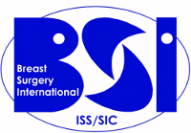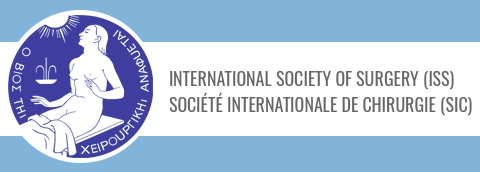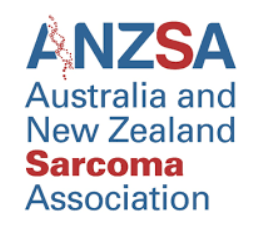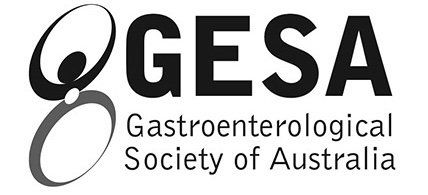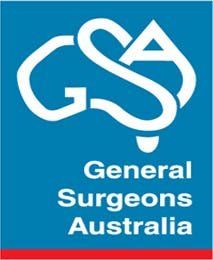Urgent Appointment
Telehealth
Hornsby Consulting
Bega Operating and Consulting
Canberra Consulting and Operating
Wahroonga
Westmead

For Patients: Urgent Appointment - Message here or Call (02) 9467 5400
For Referrers: 1. Upload referral here
2. Healthlink EDI: ang7sana
3. Argus: argusdocs@specialistsurgeon.com.au
4. Medical Objects
Goldilocks Mastectomy
Goldilocks Mastectomy
WHAT IS A GOLDILOCKS MASTECTOMY?
Goldilocks procedure is undertaken subsequent to a mastectomy, aimed at total elimination of all breast tissue. Following bilateral mastectomy, the remaining fatty tissue and skin undergo a transformative process to craft a breast mound, thereby
providing a semblance of shape and definition to the breast. While this procedure is commonly employed for patients with larger and heavier breasts, the applicability extends to some patients with smaller breasts. Without the use of tissue expanders, implants or flap insertion; the Goldilocks mastectomy offers a flexible and patient-centered approach to breast reconstruction.
WHEN WAS IT FIRST DESCRIBED?
Described by Richardson and Ma in 2012, it utilises the redundant inferior mastectomy flap tissue for breast mound construction. After a skin-sparing mastectomy, the de-epithelialized mastectomy flap within the Wise pattern incision boundary is shaped to create breast volume.
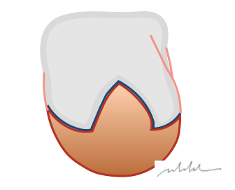
WHY IS IT CALLED GOLDILOCKS?
The name "Goldilocks" is fittingly chosen as it signifies a 'middle-of-the-road' option for patients; an option that isn't too extreme one way or the other. It sits comfortably halfway between mastectomy with a flat-closure and full reconstruction with expanders, implants or a body wall flap procedure. This moderate alternative offers patients a fine balance, avoiding the extremes associated with a completely flat-chested appearance or the comprehensive reconstruction involving implants or flaps. They obtain a fantastic breast mound and shape using the locally preserved skin flaps, with or without free nipple grafts.
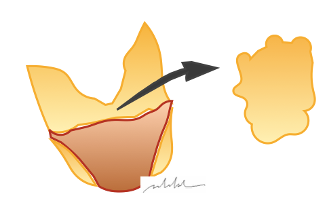
WHAT IS THE ADVANTAGE OF A GOLDILOCKS MASTECTOMY?
It can prevent potential complications associated with implant reconstruction, without impacting other areas of the body as autologous reconstruction. Excellent option for women who either cannot undergo or choose not to pursue immediate
reconstruction following a mastectomy. Also used in patients with other medical comorbidities who may not be good candidates for immediate breast reconstruction because of the potential complications. It can be a standalone procedure, offering a viable solution for those who may not desire or be suitable for further reconstruction immediately. Moreover, it can act as a foundational step, providing a template or canvas for potential future breast reconstruction if desired.
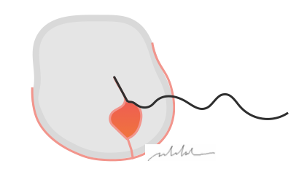
WHAT ARE THE DISADVANTAGES?
Uncertainty regarding the final size of the breast mound. Complications related to wound healing, particularly at the juncture of breast scars (referred to as the ’T-junction') may arise, necessitating the use of dressings for an extended duration.
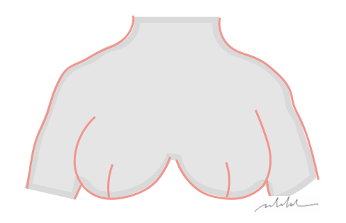
WHAT ARE THE PLANNING STEPS FOR THIS SORT OF MASTECTOMY?
Weigh considerations and have comprehensive discussions with healthcare team to make informed decisions about the most suitable surgical approach for individual circumstances.
Collaboration among various healthcare professionals is crucial for the success of the Goldilocks operation. Importance of a team approach, involving surgeons, assistants, and nursing staff. Patient education before surgery, coordination of the operation, and providing support throughout the recovery process.
Close working relationship and regular meetings to discuss treatment options contribute to individualised recommendations based on factors such as patient staging, tumour characteristics, and desired surgical outcomes.
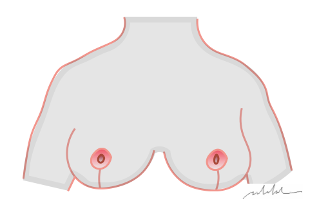
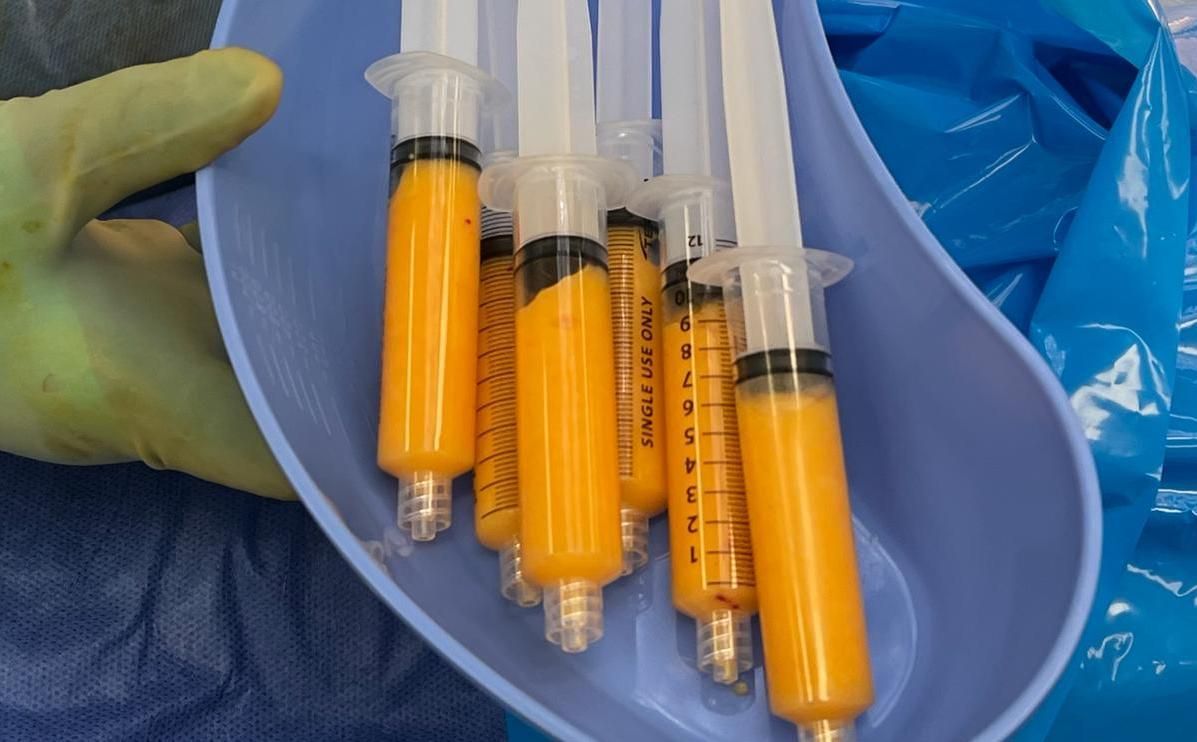
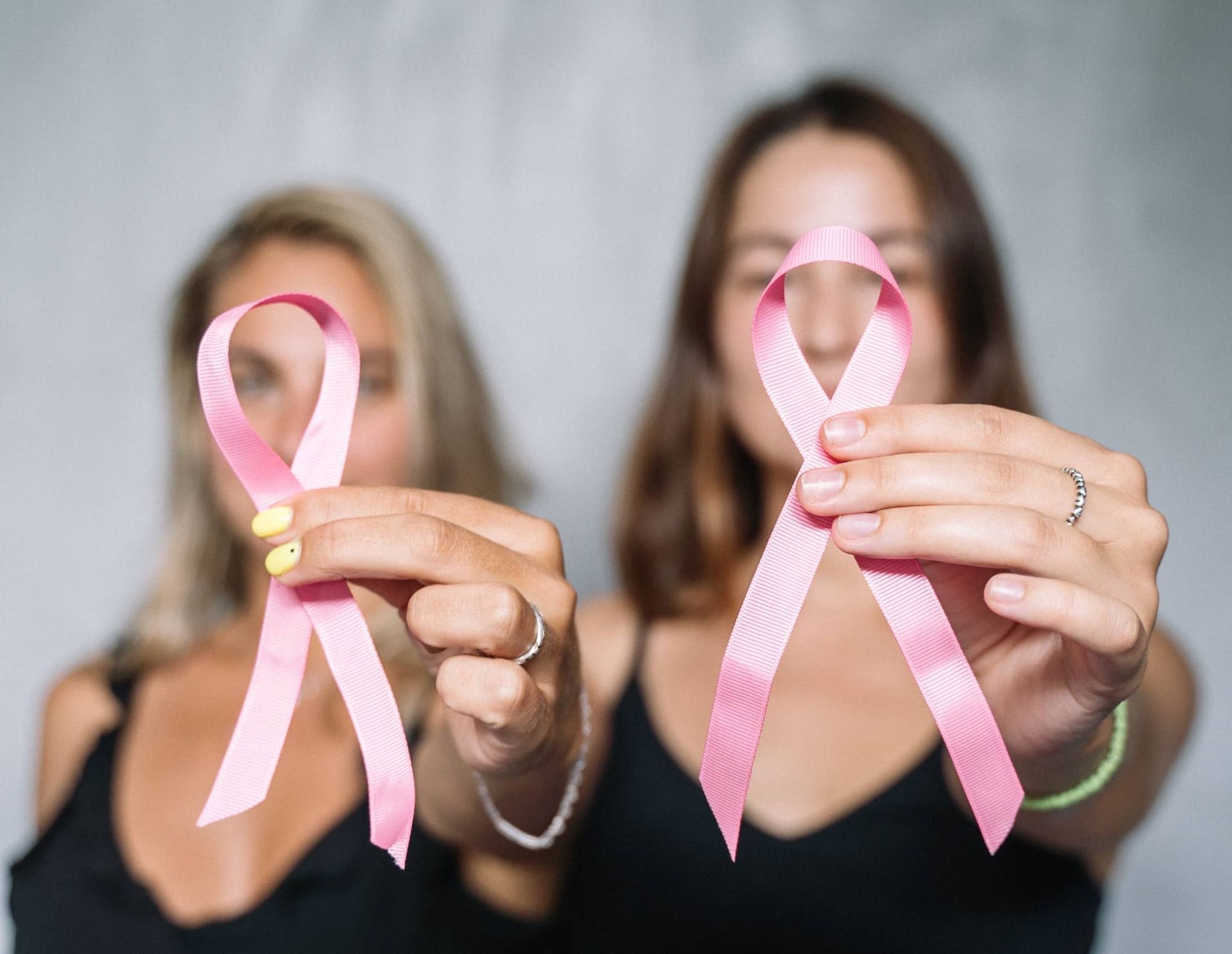
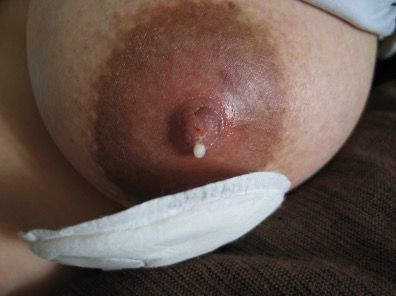
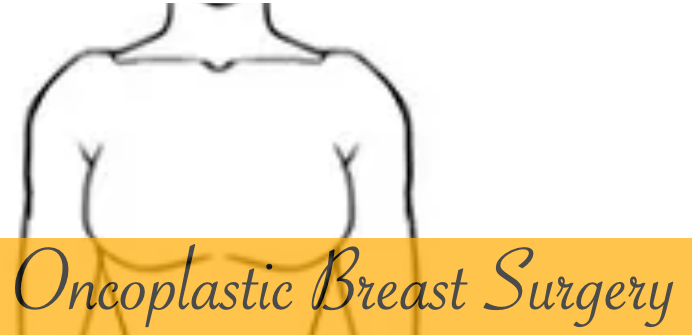
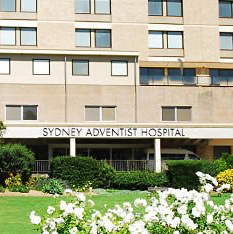
IMPORTANT PAGE LINKS
PRACTICE DETAILS
Wahroonga Specialist Centre
Suite 9/176 Fox Valley Rd, Wahroonga, NSW, 2076
Westmead Private Hospital
Suite 212, 12 Mons Rd, Cnr Darcy Rd, Westmead, NSW 2145
Calvary Bruce Private Hospital (Operating)
30 Mary Potter Cct, Bruce, ACT 2617
OPEN HOURS
- Mon - Fri
- -
- Saturday
- Appointment Only
- Sunday
- Closed
IMPORTANT PAGE LINKS
PRACTICE DETAILS
OPEN HOURS
- Mon - Fri
- -
- Saturday
- Appointment Only
- Sunday
- Closed
All Rights Reserved | Dr Sandra Krishnan

